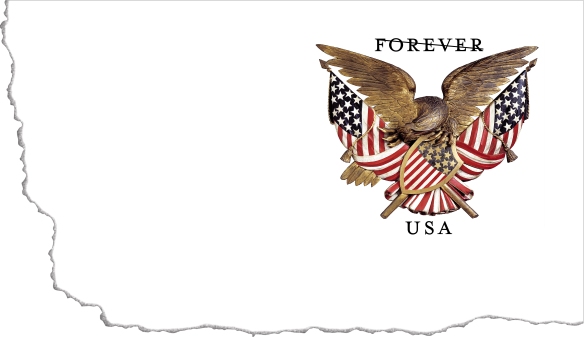We know you’re celebrating the nation’s birthday with parties and fireworks today, but we’ve got a bit of trivia to stoke your patriotism. Do you know how the U.S. flag received its distinguished nickname of Old Glory? We did some digging and found out!
The first American flag to don the name “Old Glory” was made by Captain William Driver in 1824. He proudly flew the handsewn flag on his ship in which he circled the globe twice. Displaying it on patriotic holidays thereafter, Driver gave the sea-weathered flag a name befitting its role as a symbol of liberty and justice.
 The original flag Driver made contained 24 stars on a field of blue. In 1861, he remade the tattered flag with 34 stars, reflecting the addition of ten states to the Union sinc
The original flag Driver made contained 24 stars on a field of blue. In 1861, he remade the tattered flag with 34 stars, reflecting the addition of ten states to the Union sinc e his first flag was created. The story of Old Glory, which survived the Civil War in Confederate Tennessee sewn into a quilt, became a legend and the name was soon adopted for all American flags.
e his first flag was created. The story of Old Glory, which survived the Civil War in Confederate Tennessee sewn into a quilt, became a legend and the name was soon adopted for all American flags.
Celebrate Independence Day this year with the patriotic A Flag for All Seasons Forever® stamps. They are available and in Post Offices nationwide, or you can call (). Like the flag pictured on them, these stamps are good forever.




